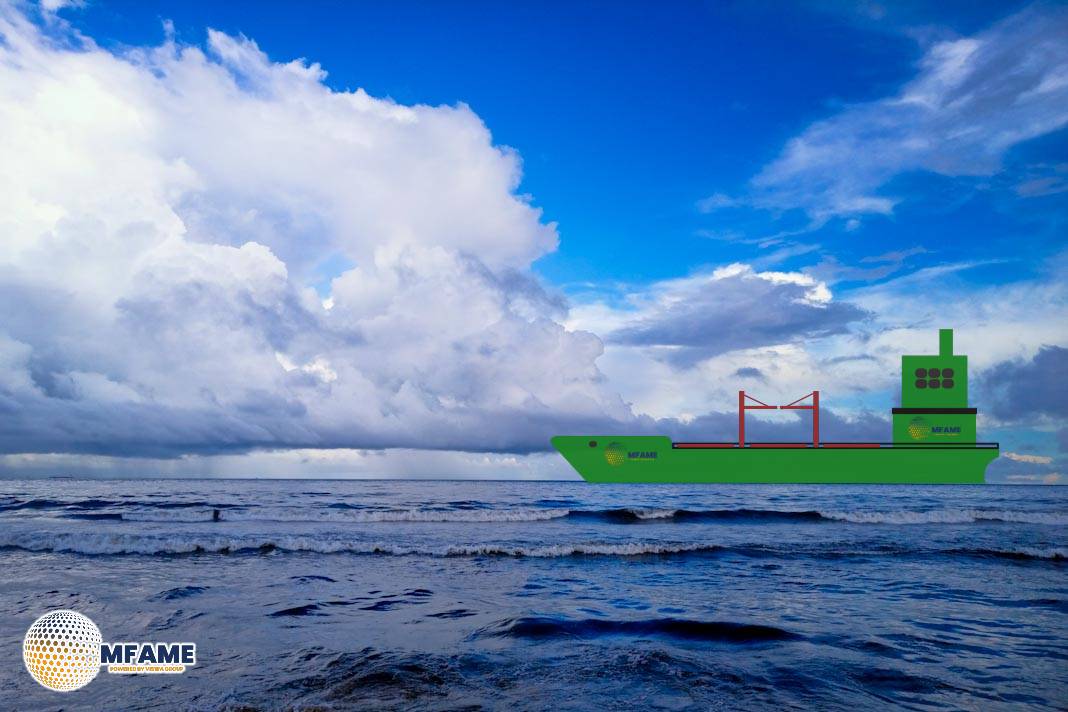Since June 1, 2025, average spot rates for the Transpacific trade route have experienced a substantial decline of 59%, reaching levels not seen since December 31, 2023, just before the onset of the Red Sea crisis. This downturn is primarily attributed to a combination of factors, including reduced demand and an oversupply of shipping capacity, reports Xeneta.
Factors Influencing Rate Fluctuations
Impact of the Red Sea Crisis
The escalation of the Red Sea crisis in December 2023 led to a significant spike in freight rates, particularly on routes affected by the Suez Canal disruptions. Carriers, aiming to mitigate risks, rerouted vessels around the Cape of Good Hope, leading to increased operational costs and, consequently, higher freight rates.
Capacity Management by Carriers
In response to fluctuating demand, carriers have adjusted their capacity offerings. For instance, in March 2024, offered capacity on the Transpacific route fell to its lowest level since July 2023. This reduction in capacity, coupled with a surge in demand due to tariff adjustments, contributed to a temporary increase in rates. However, as demand stabilized and capacity was reintroduced, rates began to decline.
Global Economic Factors
Geopolitical tensions, such as the U.S.-China trade negotiations, have introduced uncertainties into the shipping market. The temporary tariff reductions earlier in 2025 led to a brief surge in demand, but this was short-lived, and the subsequent return to higher tariffs has dampened shipping volumes. Additionally, economic conditions in key markets, including the EU, have influenced shipping demand.
Outlook for Freight Rates
The future trajectory of freight rates hinges on several variables:
- Capacity Adjustments: If carriers continue to manage capacity effectively, they may prevent rates from falling below pre-crisis levels.
- Demand Fluctuations: A resurgence in global trade demand could stabilize or even increase rates.
- Geopolitical Developments: Ongoing geopolitical issues, including the Red Sea crisis, will play a crucial role in shaping shipping dynamics.
Currently, average spot rates are approximately $2,274 per 40-foot container (FEU), aligning more closely with pre-crisis levels than the peak of $8,023 observed in July 2024. However, the presence of overcapacity and subdued demand suggests that rates could decline further unless strategic capacity management is implemented.
Strategic Considerations for Shippers
Shippers are advised to closely monitor market trends and engage in proactive negotiations with carriers. Understanding the dynamics of capacity management and staying informed about geopolitical developments will be crucial in navigating the current market landscape. Additionally, exploring index-linked contracts can provide a balanced approach to managing freight costs amidst market volatility.
Did you subscribe to our Daily newsletter?
It’s Free! Click here to Subscribe!
Source: Xeneta

















